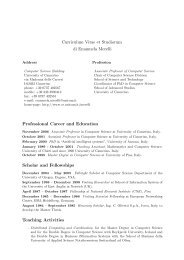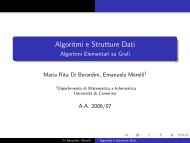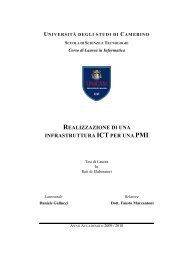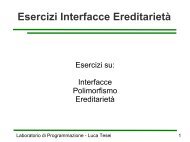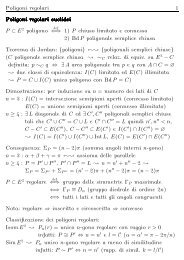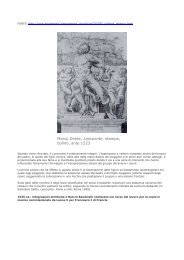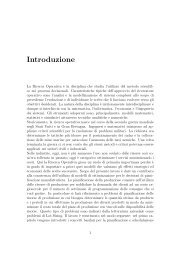Sossinsky:Knots. Mathematics with a twist.pdf - English
Sossinsky:Knots. Mathematics with a twist.pdf - English
Sossinsky:Knots. Mathematics with a twist.pdf - English
You also want an ePaper? Increase the reach of your titles
YUMPU automatically turns print PDFs into web optimized ePapers that Google loves.
22 KNOTS<br />
2.6d, 2.6e). Two Seifert circles are nested if one of them is inside the<br />
other and if the orientations of the two circles coincide. Note that<br />
desingularizing a coiled knot always yields a nested system of Seifert<br />
circles, and vice versa (Figure 2.6b).<br />
On the other hand, when Seifert circles are not nested (as in Figure<br />
2.7b), the change-of-infinity' operation nests the two circles (Figure<br />
2.7c). In fact, this figure shows that while circles l and 2 are nested,<br />
circle 3 do es not encompass them; but inverting this last circle results<br />
in the circle 3', which neatly encompasses circles l and 2. (In this case,<br />
the change-of-infinity move resembles the operation carried out in<br />
Figure 2.5.)<br />
Let us now consider the planar map determined by the knot N. A<br />
country in this map is said to be in turmoi[ if it has two edges that<br />
belong to two different Seifert circles, labeled <strong>with</strong> arrows going in<br />
the same direction around the region. For example, in the smoothing<br />
of knot N in Figure 2.8, the country H is in turmoil, whereas regions<br />
P1 and P2 are not: since the thick edges head in the same direction<br />
around H and belong to two distinct Seifert circles, H is in turmoil; P1<br />
is not, because its edges belong to a single Seifert circle; finally, P2<br />
is not in turmoil either, because its edges go around P2 in opposite<br />
directions.<br />
An operation called perestroika can be applied to any country in<br />
turmoil (Figure 2.9). Perestroika consists in replacing the two faulty<br />
edges by two "tongues:' one of which passes over the other, forming<br />
two new crossings. The result is to create a centraI country (not in turmoil)<br />
and several new countries, some of which (in this case, two)<br />
may be swallowed up by bordering countries. I am sure that now the<br />
reader understands the choice of the geopolitical term perestroika.



